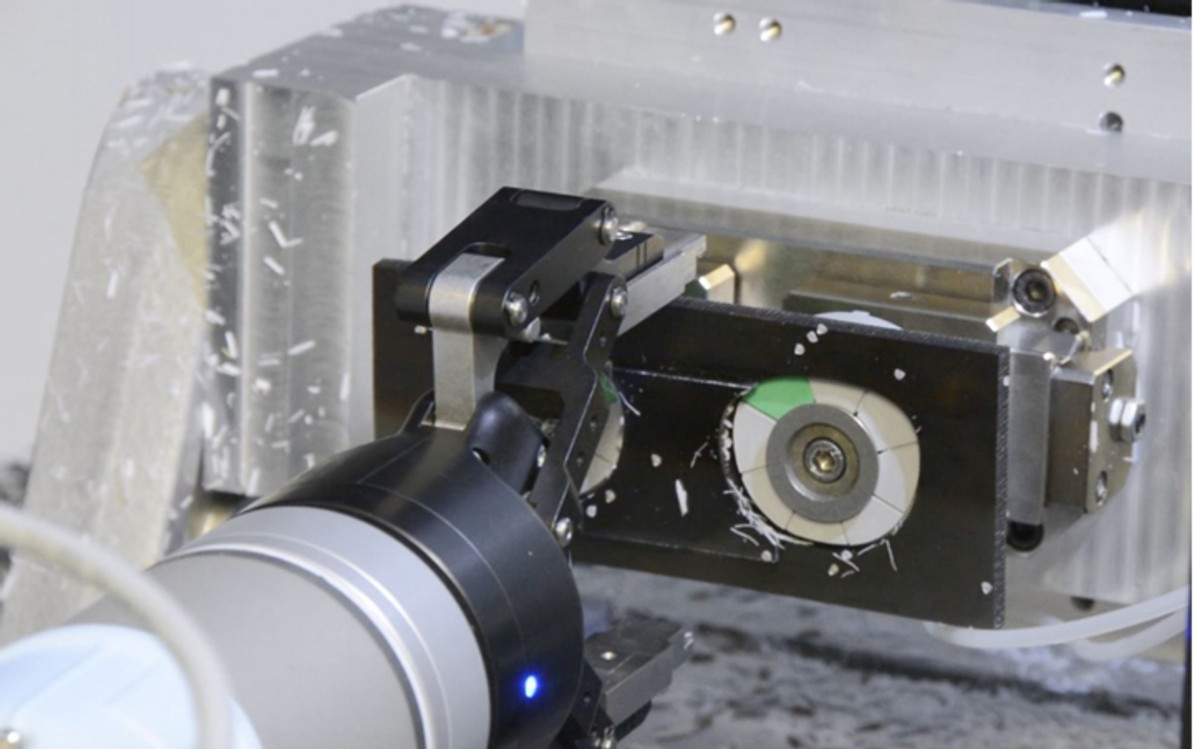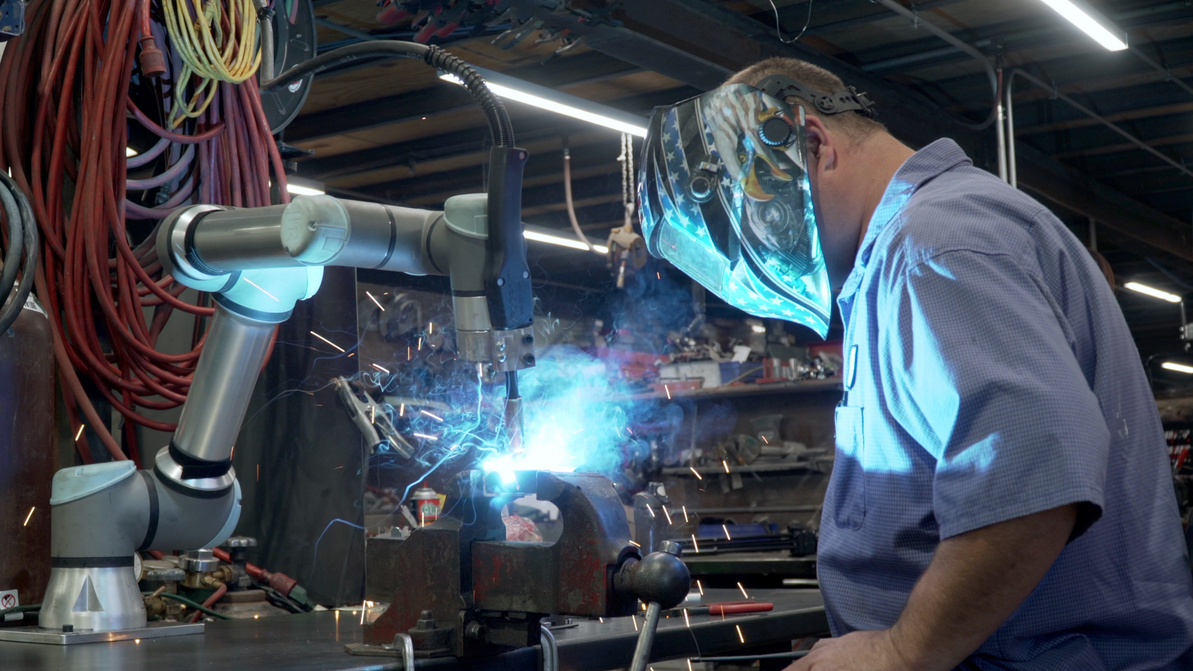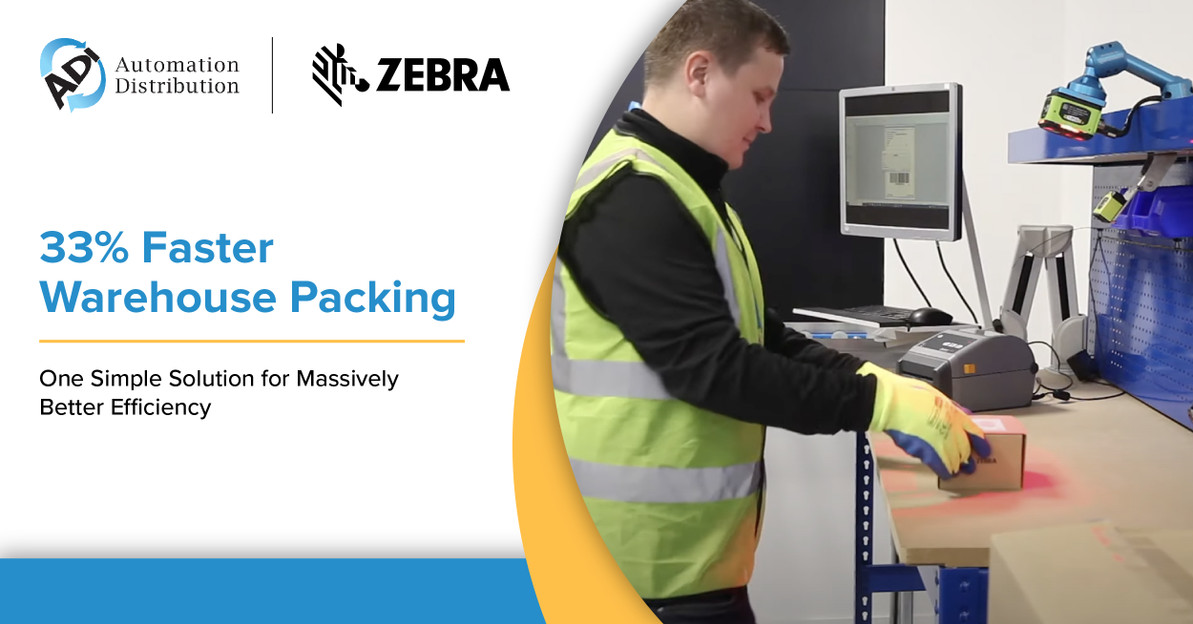Universal Robots and Robotiq Enable NYC Startup to Produce Domestic Products
In 2015, architect Brian Vallario and finance professional Gerard Masci created a new American-made eyewear company, Lowercase, in New York City. With most eyewear produced overseas, the pair looked to automation to reduce production costs while maintaining a consistent quality level. Even with limited production runs, the company desired a completely in-house production system.
“I had done a little bit of research on robots when I was in graduate school, but I never really had any working experience with them. It was a complete learning process but it went fairly smoothly,” admits Vallario.
“When Lowercase came to us with their design concept, our automation engineers put together a cost effective solution, yet flexible enough to be redeployed as their business grew,” said the area account manager.
“We recommended the Universal Robot mainly because it is collaborative, but also because it is easy for users to program it and change how they want to deploy it. As their business grows, they maybe will want to add movements or add numbers of stops in the process that the robot does. We also chose the Robotiq Gripper as an ideal solution for this application. We felt that it will be able to accomplish the types of movements in a very repeatable and practical way. We then brought an integrator who was able to design a platform where the robot stands and was also able to design a solenoïd based solution so that the robot can communicate with the CNC machine and bring parts in and out as needed.”
Integration, which took only 5 days, has been a success. Since co-founder Masci had a finance background, factory equipment selected had to be a solid long-term financial investment. “The cost to automate was extremely high, but we were always able to get our heads around that because of the value that the robot would add to the process. The main problem was that the integration cost of most robotic solutions was 3-4 times the cost of the solution itself. When we worked out a solution using the UR5 and the Robotiq gripper, the integration cost was a fraction of the actual purchase price. Then it made it tenable for a small company of two people to integrate a robot into our solution.”
The ability to re-program the robot for different styles has allowed Lowercase to expand their product line. “We have 17 different styles now,” says Brian Vallario. “We really needed something that was easy to program and that we could manipulate on the fly. If I make a change on a design, I have to be able to apply the changes quickly. And since we are competing against bigger, high-end eyewear manufacturers, we have to deliver the highest quality even if we do quite smaller productions.”
Lowercase imports sheets of materials and uses a CNC machine to cut smaller pieces into about 500 frames per lot, which is tended by the UR5 with Robotiq gripper. The robot picks up the raw material, places it in the initial position, closes the opening, presses a start button and then repeats the pattern for the second. It also removes the glasses upon completion and places them in a bin.
“I only have a few manual tweaks to do on the vices every time. The rest is all automated,” says Vallario. “This automation is important for us. Eyewear production is a very labor-intensive process and we are such a small team that any improvement that we can make on our efficiency is huge. Having a product that allows myself to sit at the computer and work on design or go work on the more labor intensive stuff that can’t be done by machines is a big plus for us.”
Lowercase’s experience with automation with Universal Robots has been so positive that the co-founders are already envisioning what automation can provide in the future. “As we grow, we are definitely looking for new ways to automate our processes,” says Vallario. “A lot of time consuming steps involved into doing a pair of glasses require delicate handwork. We’ll never be able to automate everything but there is a lot that can be done and we’re looking forward to it.”
Recent Posts
-
Using Scan Tunnels to Track, Sort and Route Warehouse Packages
If you’re using conveyor lines to move products, packages and shipments through your warehouse, the …Apr 17th 2024 -
Embracing Collaboration: How Universal Robots Transformed DeAngelo Marine Exhaust
When the welding robots made their debut at DeAngelo Marine Exhaust, there was a mix of excitem …Apr 11th 2024 -
How to Speed Up Your Warehouse Packing by 33% with Machine Vision
Packing benches are some of the busiest areas of most warehouses, with thousands of items to pack i …Apr 4th 2024




